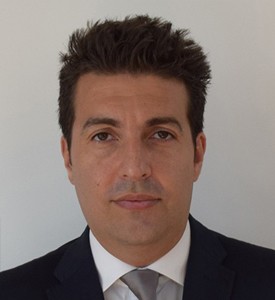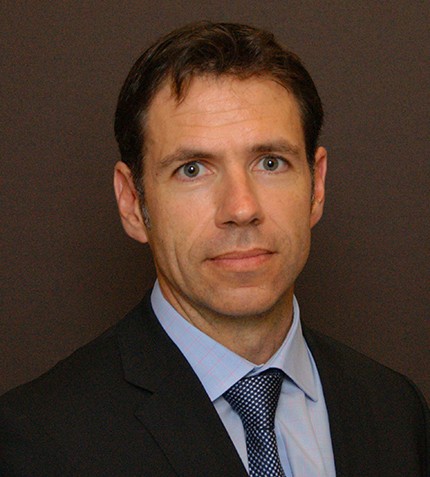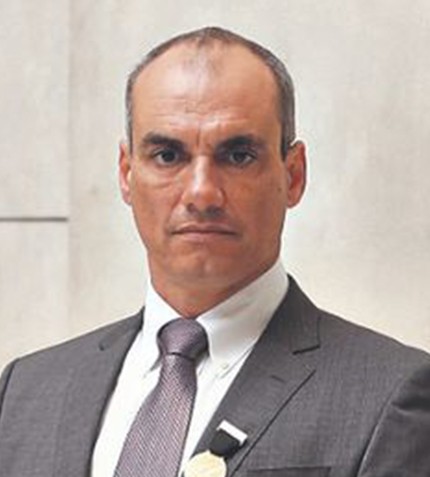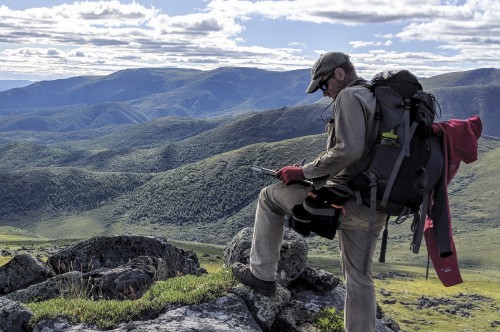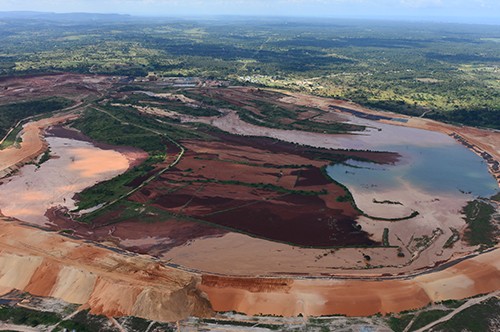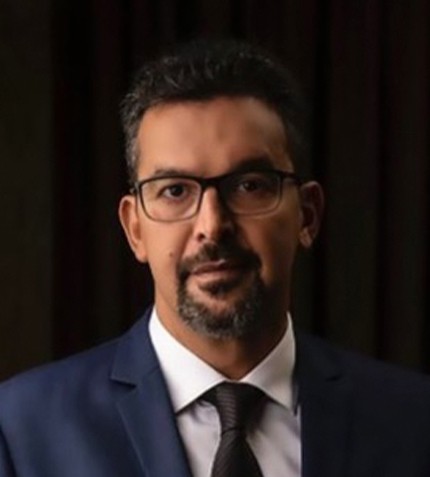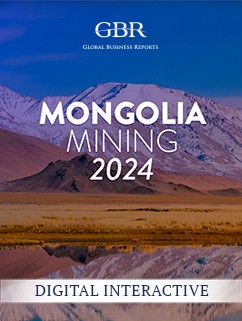
PUBLICATION
Mongolia Mining 2024 - Digital Interactive
At the turn of the century, Mongolia had just transitioned into a free-market economy, had more horses than cars (or people, for that matter), while most of its income came from nomadic herding across its vast lands. But it was the underbelly of the steppe that would drive its future forward. The US$1 billion economy had US$1 trillion in mineral resources.
This huge potential was punctuated by the Oyu Tolgoi discovery, which was to become one of the largest copper mines in the world. What happened between 2006-2013 in Mongolia has been compared to the Californian Gold Rush in the 19th century or the Australian commodity boom in the 1930s. The formerly little-known Soviet satellite country became a magnet for miners and investors, many from Canada and Australia. ‘Minegolia,’ a nickname that stayed prevalent in those boom years, was born.
By 2014, everything changed. No one speaks about ‘Minegolia’ anymore, even though the country derives 90% of its exports and 25% of its GDP from minerals. What Mongolians do talk about is redeeming the mistakes made in the past. The country has adopted a more sober approach to mining, learning not to take investment for granted, while also understanding that Mongolia is much more than mining. Therefore, it must not solely depend on the industry.
In 2023, the stars have started to align again, with the Oyu Tolgoi’s long-anticipated underground development finally complete and prepared for the ramp-up to over 500,000 t/y of copper.. Record exports of coal have also strengthened the country’s balance sheet, and a more pro-mining government elected in 2020 has worked to deliver a new mining code before the next elections this year.
Investors once came to Mongolia for its geology yet stumbled upon its legislative framework. How competitive Mongolia has become today, we will leave our readers to judge, hoping that this report provides them with the resources to make an informed assessment.
TESTIMONIALS
“I want to express my sincere appreciation to GBR for their exceptional cooperation and service. Oyu Tolgoi is thrilled to be part of the latest edition of GBR as it offers vital insights and up-to-date news and trends of the industry.” – Deirdré Lingenfelder, CEO, Oyu Tolgoi
“The report has been incredibly informative and serves as the single most useful resource for foreign investors interested in the Mongolian mining sector. We are grateful for the opportunity to have been involved in such a comprehensive project. We have also shared the report on our social media platforms to ensure it reaches a wider audience. The feedback from our followers has been overwhelmingly positive, underscoring the value of the insights provided.We look forward to continuing our collaboration and contributing to future updates of this vital resource. Thank you once again for your exemplary efforts.” – Erdenetuya Ganbold, Executive Director, MNMA (Mongolian National Mining Association)
“The team at GBR has taken the time to get to know our company and developed a very good understanding of Xanadu’s operations in Mongolia. I highly recommend their inaugural Mongolia report, which is a well-balanced and comprehensive overview for anybody looking to invest in country. Thank you for all your efforts in delivering a well-written document showcasing Mongolia’s rich investment opportunities.” – Colin Moorhead, Executive Chairman And Managing Director, Xanadu Mines
“On behalf of MIAT Mongolian Airlines, I would like extend my highest compliments to you and Global Business Reports. We are delighted to have had the opportunity to work with you and look forward to experience more. I take this opportunity to ask for continued support and cooperation in the future.” – Munkhtamir Batbayar, CEO, MIAT (Mongolian Airlines)
“Happy to see that Mongolia was covered by GBR with their effective team in country. It is a great combination of references even for me to see how our peers and industry moving.” – Tsolmon Gonchig, CEO, Trigteq
“Mongolrostsvetmet SOE appreciates the opportunity to be interviewed for the latest edition of GBR. GBR's publication is highly respected in the industry, offering indispensable updates and thought-provoking insights that greatly inform our decision-making processes across various business sectors.” – Munkhbat Batmunkh, CEO, Mongolrostsvetmet
"We had a great experience working with GBR as it is shown to keep building Mongolia's Mining Sector towards being the best jurisdiction in the region. GBR’s staff are accommodating and professional as to work on such report and interviews. We are extremely glad to keep working with GBR in future” – Surakhbayar Galsan, CEO, BlackRock Partners
"It is not often that you come across such extensive, insightful and independent research such as the GBR Mongolia Mining 2024 book. The GBR team got on the ground to really understand the industry, which is well reflected in their high-quality research report. Furthermore, they were a pleasure to work with.” – Sam Spring, CEO, Kincora Copper
“The GBR team's professionalism, attention to detail, and collaborative approach make them a pleasure to work with. Their rigorous reporting and analysis are essential for informing the business strategy in the mining world.” – Jonathan Cain, Managing Director, MMD Green Mining Solution (Mauritius) Limited
“Through the Mongolia Mining Journal, we engage in a vibrant exchange of experiences and insights, nurturing a collaborative community committed to advancing industry knowledge and best practices. We're proud to have contributed to the latest edition of GBR, a definitive resource in our field. Their invaluable insights enrich the dialogue and drive collective growth within the mining sector.” – Oliver Schnorr, CEO, Euro Khan
“Thank you for your commitment for the Mongolia Mining 2024 book. We appreciated your offer to include us in the report and we are happy to represent our project and our country in GBR book series. It is great that GBR Mongolia Mining book will be present at upcoming major global mining events. Mongolia will surely benefit from it. As for our experience with your report, we looked at it as a great opportunity to promote our project potentials to the global stakeholders. The team conducted the interview had a great technical approach and professionalism on reporting project specific insights from the participants. MAX Group will be happy to feature in the upcoming projects with GBR team.” – Enkhbayar B., Foreign Relation & Cooperation Department, Mining & Heavy Industry Division, MAX Group
“GBR’s publication about the mining industry is very helpful and interesting to check on the current status of the industry in the world. It was a pleasure to work with GBR team. Thanks!” – Sangyong Cho, Head of Audit & Advisory, KPMG Mongolia




